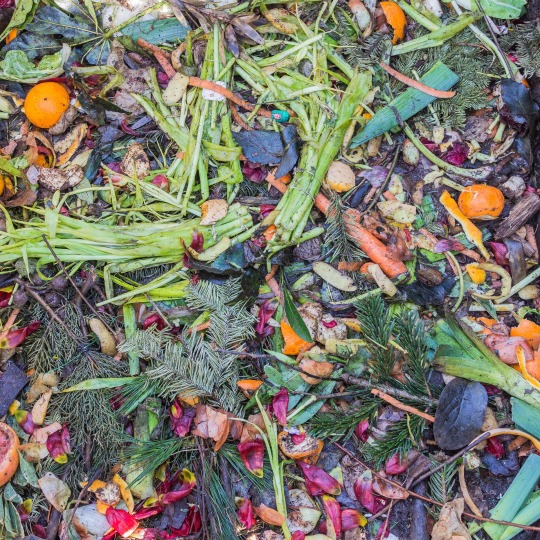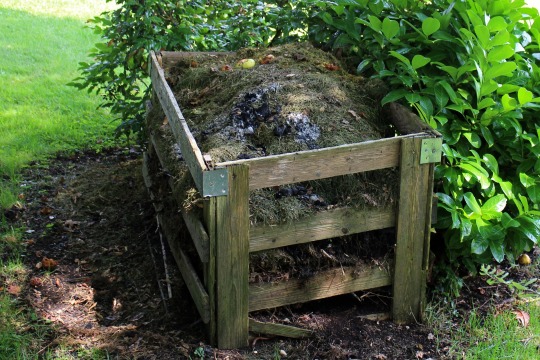
Did you know that a four-person American family wastes about $1,600
worth of food annually according to the United States Environmental Protection Agency?
Want to save some money and reduce the amount of food in landfills? Composting at home can reduce your green house gas emissions by preventing contributions to methane production centers, otherwise known as landfills. Composting breaks down organic matter that comes from your home and converts itself into fertilizer that can be used to grow other plants in or around your home.
In this modern age, a machine can do the work of composting for you, but if you don’t want another appliance in your kitchen, there’s always the old-fashioned way of doing it yourself.
Nature will help your composting project along in a variety ways. To begin, pick a sunny spot in a yard or anywhere with access to bare ground. The sun will provide heat needed to encourage the chemical reactions that decay the material in the compost pile, and the bare ground will allow worms and bugs to ventilate the space for you.

Composting DOs:
- DO layer dry and wet material. Dry materials are twigs, hay, dry leaves, and wood ashes. Wet materials are food scraps and tea bags.
- DO cover the pile with plastic sheeting or wood to prevent water damage and trap heat to catalyze break down of the material.
- DO turn the pile every couple of weeks to continue decay.
Composting DON’Ts:
- DON’T add any animal products like dairy and meat products, oils, pet wastes, or chemically treated yard scraps
- DON’T expect results overnight. Composting is, after all, a natural process that requires patience and attention.
To see the process for yourself, see this video of what will happen once you’ve begun your compost. After some time, the compost can be used as fertilizer for any plant you have in or around your home.
This year, we are sharing simple tips and tricks for greener living in tandem with our exhibition We Are Nature: Living in the Anthropocene, which explores the interconnected relationship between humans and our environment. A first of its kind in North America, the exhibition utilizes interactive exhibits, innovative gallery design, and specimens from our hidden collection in an unflinching exploration of the Anthropocene.
The Anthropocene is the current geological era in which humans are making a profound impact on the geological strata. While the term itself is still being debated by geologists, the museum is embracing it as a social and cultural tool for exploring the broad sum effect humans are having on the planet.
